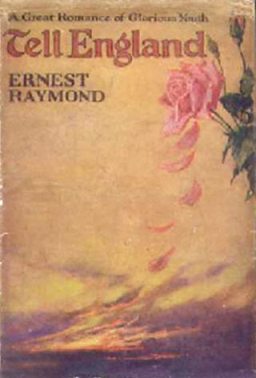“Natural” and “Supernatural” are Modern Categories, Not Biblical Ones
He writesIs the text claiming that Adam was formed from dust by the very hand of God, while the rest of us are born from a woman after a nine-month gestation period? Many assume this is the case. But such a view implies that the text asserts a supernatural theory of human origins for which there is no natural explanation or process involved. Again, the text cannot be making such a distinction, because the Israelites did not think in terms of these competing categories.
Alternatively, I suggest that just as Adam is introduced to us as one formed from dust, so we understand that we are all formed from dust, designed to be mortal and frail (Ps. 103:14; 1 Cor. 15:47-48). The text is not trying to tell us how Adam is different, but to tell us how we are all the same. In Genesis we don’t learn that Adam’s creation was supernatural while the rest of us are born through a natural process. We learn that humankind from the very beginning was created with mortal bodies but that God was going to provide an antidote. I address more of the details of this interpretation in my book, The Lost World of Adam and Eve.
If the Bible does not insist that God bypassed scientifically describable processes in the material creation of human beings (since its authors and its intended audience had no such categories), it should not be used to rule out scientific explanations for material human origins (such as evolution). Both the Bible and theology agree that God is pervasively involved in his world no matter what level of scientifically describable cause and effect we can detect. So it is not inconsistent with the biblical text to suggest that God created human beings over a long period of time through processes
...
At the same time, every Christian should affirm that humans are not merely the result of scientifically describable processes. God has made us ontologically distinct beings, regardless of the material processes involved. We are more than dust; and we are more than any phylogenetic ancestor. Furthermore, this ontological uniqueness cannot be simplified to the imposition of a soul or to the assignment as God’s images. Unique human ontology can't be reduced to anthropological components because it concerns the fundamental nature of our being. We are more than what we are made of, and God is responsible for that.
John Walton
What is so special about that?
Two things.
1. Walton turns our attention to the Scriptures and fixes a deep-rooted often invisible misreading of the story about the creation of man and woman in Garden of Eden. This kind of careful insistence of holding on the Biblical foundations of Judeo-Christian tradition is fundamentally important in modern discussions of science/and religion. It is also so sadly forgotten when Christians get sucked into the glorious world of logic and science and forget Logos.
2. Walton faces Nature as God has created it without letting his religious faith obstruct facts as so often happens. God does not need a single lie for the defense of His works, especially not the fanciful falsifications of facts and outright lies that are so widely presented in public discussions by Christians inspired by unerring Scriptures.
Professor Walton takes his place among the children of Adam and Eve and encourages with his example careful and extensive studies of the Bible as well as brave and truthful studies of Natural Sciences, in the case of Adam and Eve Evolutionary Biology, Anthropology and Paleontology.
The light of the truth, phos to alethinon, is a love affair for those Christians who have accepted that free gift from God - love of the truth.
And with all deceivableness of unrighteousness in them that perish; because they received not the love of the truth, that they might be saved.
2 Thess. 2:10 KJV

